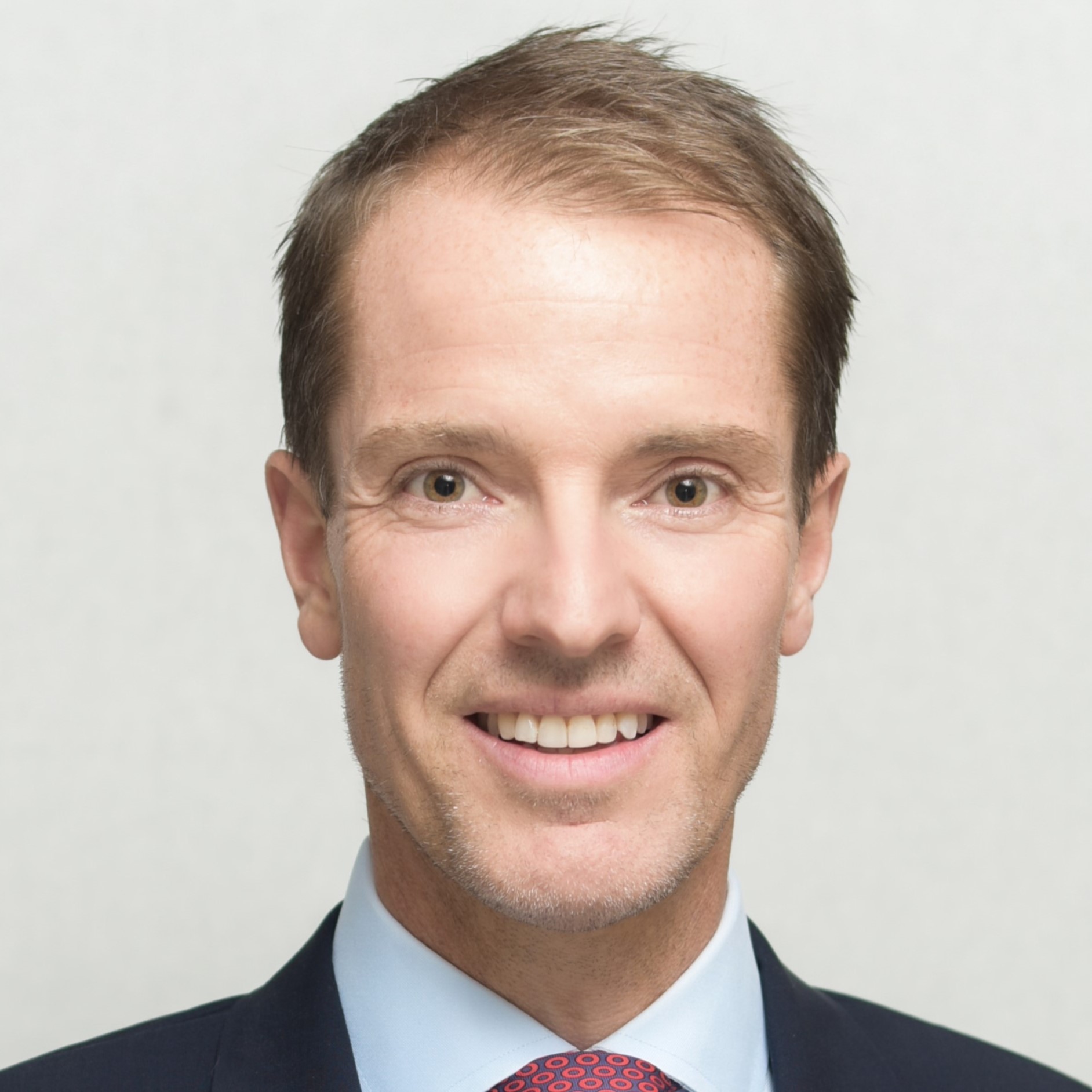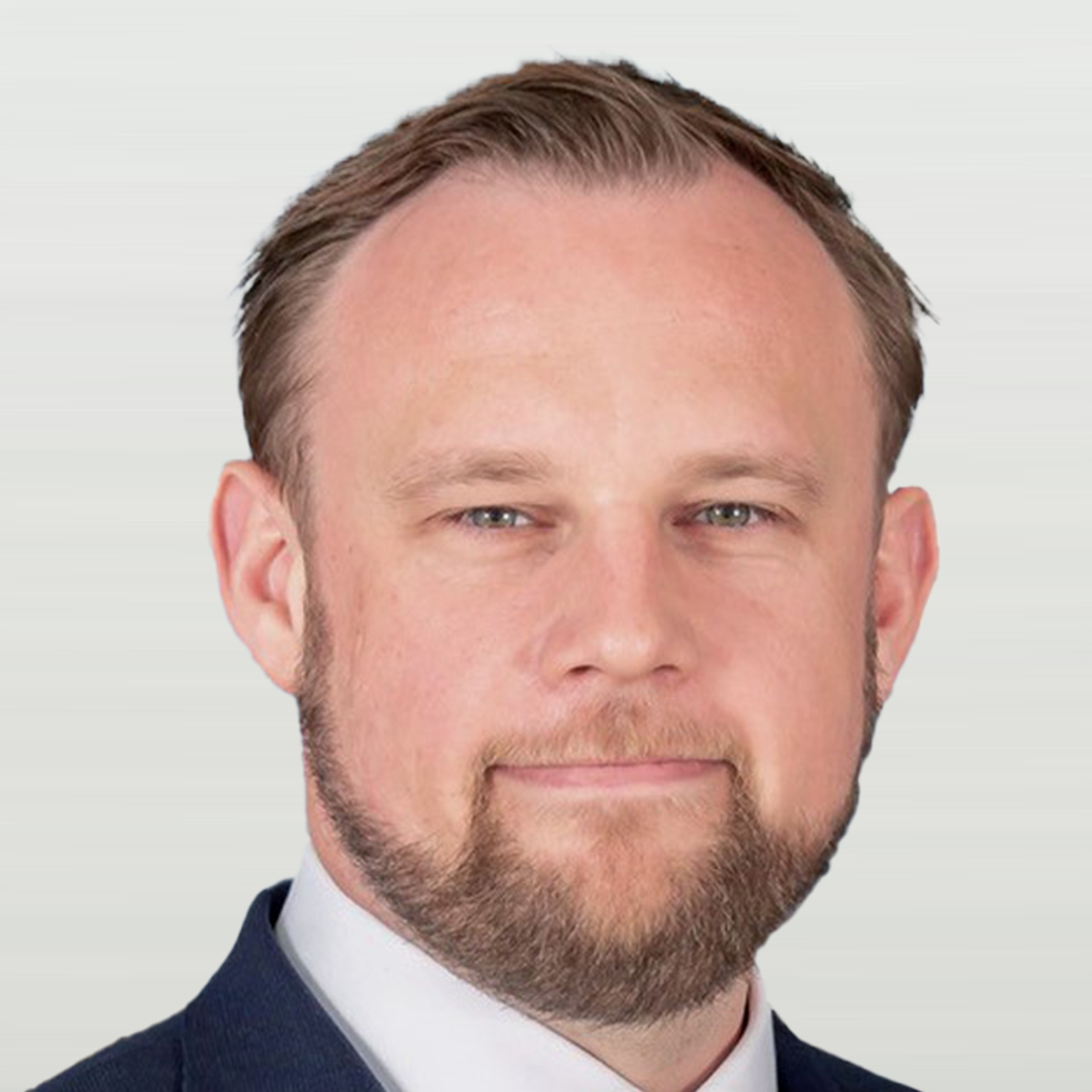In the latest in our regular series, Portfolio Adviser hears from Matt Shafer, head of international distribution, (pictured, below right) and Rob Hall, head of UK wholesale distribution, at PGIM Investments (pictured, below left)
Which particular asset classes and strategies do you anticipate your intermediary clients focusing on in 2024?


While developed-market equity markets performed well in 2023, investors have yet to meaningfully increase allocations to the asset class. With interest rate increases certainly over for this cycle, we see some scope for additional flows into equity markets in 2024 as investor confidence returns. Here, we expect robust demand for global growth equities, particularly those positioned to capitalise on strong structural growth themes – such as advanced technologies, dominant consumer brands and healthcare innovation.
Having been underweight fixed income for a considerable period, investors have made cautious moves back into the asset class – primarily through higher-quality investment-grade securities. As we move through this year, we expect demand to broaden and investors to look to increase allocations to high-yield credit, as well as emerging market debt. While it has certainly been a challenging period for bonds markets, our $744bn (£593bn) affiliate PGIM Fixed Income is optimistic for 2024 and beyond, with expectations we could be entering a ‘golden age’ for fixed income.
“It is important to remember why investors need to allocate to liquid alternatives in the first place.”
Should end-investors – and, by association, asset managers – be thinking beyond equity and bond investments? Towards what?
Liquid alternatives should be a core component of a portfolio, particularly as investors continue to struggle to access true uncorrelated return streams. It is important to remember why investors need to allocate to liquid alternatives in the first place – put simply, it is for diversification from traditional equity and bond market positions. While many liquid alternative strategies endured a difficult 2023, if we believe the market environment will continue to be volatile in the years ahead – which we do – these strategies should still be viewed as key long-term positions in client portfolios.
Aside from liquid alternatives, we also remain of the view investors should continue to have a structural allocation to property. Many investors have been de-emphasising such positions, however, which is somewhat understandable following the well-documented problems for open-ended physical property funds. Despite broad property pessimism, we continue to be optimistic about the value opportunity that has opened up within the listed REITs space. In fact, we are increasingly noting interest in our PGIM Global Select Real Estate Securities Fund from sophisticated investors, which could signal improved prospects for REITs in 2024.
To what extent do private assets and markets fit into your thinking? What are the currents pros and cons for investors?
PGIM has been at the forefront of private markets investing and we currently oversee more than $300bn in private alternatives strategies. Last year, we brought together all of our capabilities under one division – PGIM Private Alternatives – which spans private credit, private equity, real estate equity and debt, infrastructure and agriculture.
While private markets continue to witness accelerating interest from institutional investors globally, we expect recent regulatory initiatives to spur additional demand from wider investor audiences in the years ahead. Our industry currently does not have uniformity in terms of structure when it comes to investing in private markets for mass affluent investors, but this will continue to evolve as asset managers bring additional vehicles to market. Looking at private markets from a broader perspective, there should be unprecedented demand for these assets over the coming years, and we believe our expertise and track record in this space has enabled us to offer clients compelling propositions to capture this growth.
“Most investors they tend to overlook the progress being made on avoiding carbon emissions in the first place.”
How much of your distribution is currently oriented towards climate change, net zero, biodiversity and other segments of sustainable investing? How do you see this approach to investing evolving?
The opportunity set in the world’s transition to a low-carbon economy is being materially underappreciated by most investors. While there has been significant focus on areas such as electric vehicles and renewable energy, we need to look at a far broader set of decarbonisation solutions. After considerable consultation with several key clients, this is why we decided to launch the PGIM Jennison Carbon Solutions Equity Fund last year.
While most investors pay attention to operational emissions generated by a company, they tend to overlook the progress being made on an important related trend – avoiding carbon emissions in the first place. This is what is called Scope 4 emissions. Traditional climate-related strategies do not account for this aspect because it is harder to calculate – but just because it is hard does not mean we should not try. Yet current strategies in the decarbonisation space do not try at all, which significantly minimises the universe of potential investment opportunities.
How are you now balancing face-to-face and virtual distribution? In a similar vein, how are you balancing working from home and in the office?
In terms of everyday interaction with clients, we have almost returned to the pre-Covid normal. This is extremely pleasing, as we recognise the importance of face-to-face meetings and building personal relationships. Having said this, the ability also to operate virtually and engage with colleagues and external partners from all over the world continues to be tremendously positive. Similarly, we have found a healthy balance between being in the office – which is great for building team cohesion and developing a strong culture – and the flexibility of working from home.
What do you do outside of work?
In addition to working together to grow our business, we both also have young families and two children each of similar ages – all under three years old. We spend most of our time outside of work with our families and, given both of our two youngest are under a year old, we barely have much time for anything else these days! We both very firmly believe that balancing work responsibilities and family life is crucial so spending as much of our free time as possible with them is hugely important.
Looking a little further ahead, in what ways do you see the asset management sector evolving over the next few years?
Top of the list would have to be the ‘retail-isation’ of private markets. The number of product launches in private markets aimed specifically at retail and intermediary investors is set to surge over the next couple of years and that is likely going to mean our industry will see some big changes. It will be more and more important for asset managers to ensure they are offering high-quality and transparent private markets products to the end-investor, but also focusing on providing education and training. Simplifying the onboarding process and making sure investors are accessing products in the right vehicles and structures will be paramount. We expect a lot of innovation and new developments in this space going forward.
Elsewhere, the emerging wealth market – specifically Asia – is booming in terms of ‘share of wallet’ for a typical wealth client. It is growing much faster than Europe and the US, and this growth is going to mean our industry will have to evolve to make sure it is able to build and develop franchises that can properly support the retail investor through financial intermediaries in these regions. Emerging wealth markets differ vastly, and it will be important to tailor offerings and experiences regionally.
Finally, consolidation and centralisation continue to be major themes within the local distribution market, and technology – particularly AI – will play an increasingly important role in the asset management industry more broadly in the years to come.










